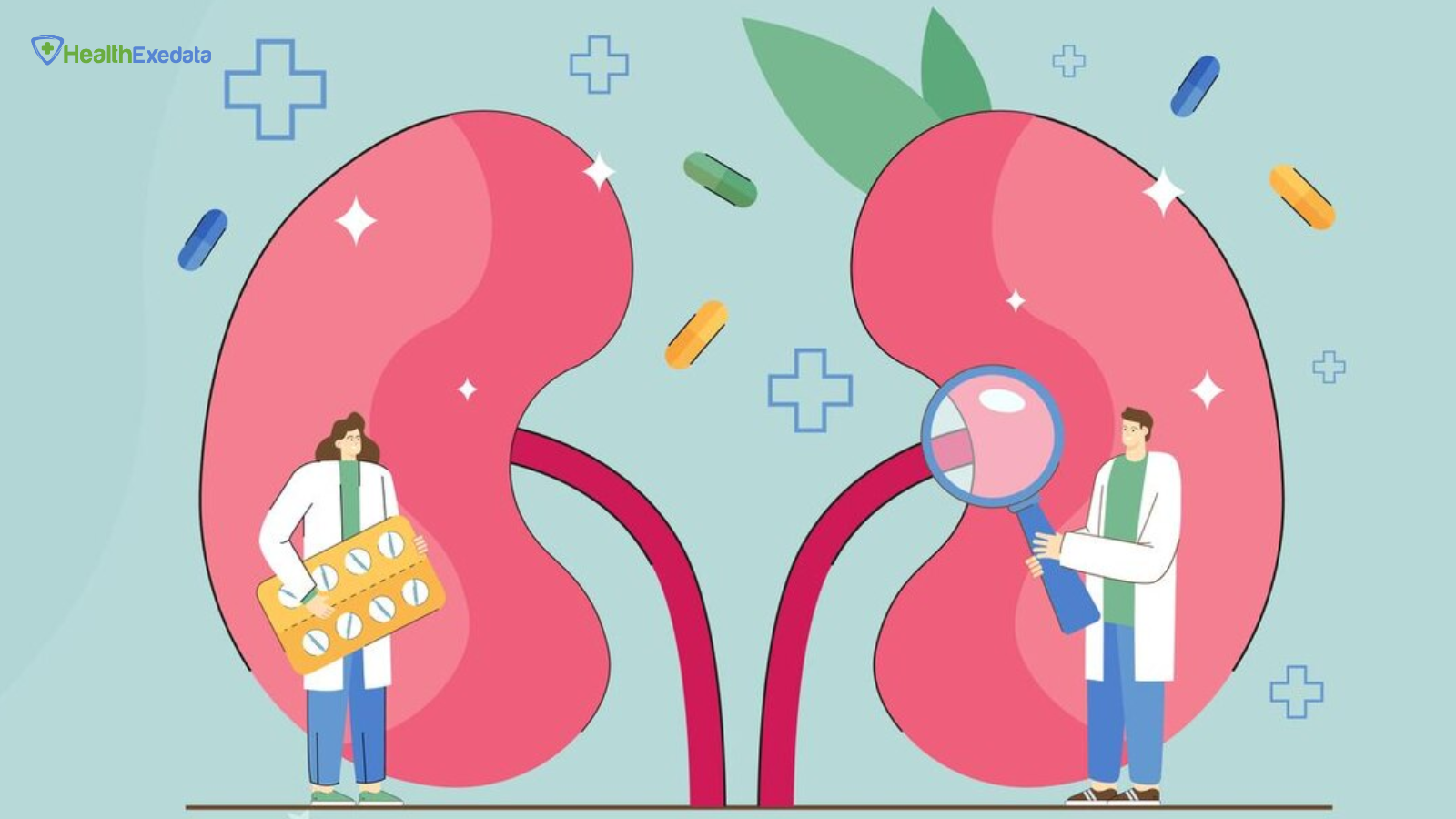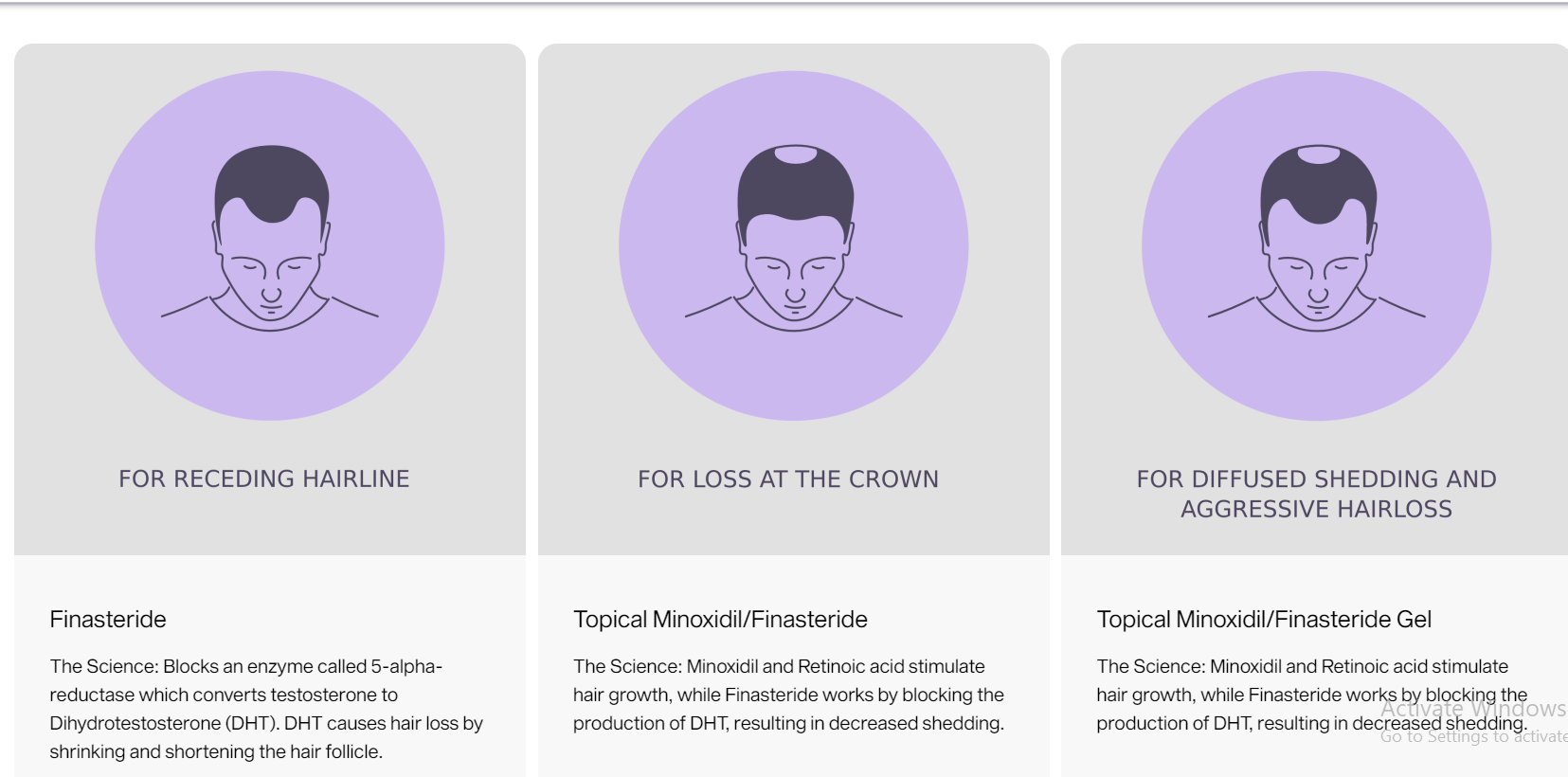Introduction
ADHD, or Attention-Deficit/Hyperactivity Disorder, commonly linked with childhood, can endure into adulthood, impacting individuals differently as they mature. The fundamental symptoms of ADHD issues related to attention, hyperactivity, and impulsivity typically persist across age groups. However, their manifestation and effects can notably diverge between children and adults with ADHD.
In children, ADHD symptoms often present as hyperactivity, impulsivity, and inattention, significantly impacting school performance and social interactions. On the contrary, adults with ADHD might exhibit more subtle signs, such as struggles with organization, time management, and attention in the workplace or personal relationships. They may experience restlessness rather than overt hyperactivity, and impulsive decision-making might affect various aspects of their adult life.
Recognizing these differences in how ADHD symptoms manifest across age groups is crucial for accurate identification, diagnosis, and providing appropriate support and interventions for individuals dealing with ADHD in various stages of life.
Childhood ADHD Symptoms:
ADHD, or Attention-Deficit/Hyperactivity Disorder, frequently emerges in children, exhibiting behaviors that challenge parents, teachers, and the children themselves. The primary symptoms encompass three key areas:
1. Inattention:
Children with ADHD often struggle with maintaining focus and attention. They find it challenging to concentrate on tasks, follow through with instructions, or complete school assignments. Easily distracted, they might hop from one activity to another without completing any, leading to incomplete tasks and unmet expectations. This difficulty in sustaining attention can significantly impact their academic performance and day-to-day functioning.
2. Hyperactivity:
A hallmark of ADHD in children is elevated levels of energy. They seem to be in constant motion, finding it hard to stay still or seated for extended periods. Children with ADHD often exhibit restlessness through physical movements such as squirming, fidgeting, or being in perpetual motion. Remaining seated during situations that require it, such as in classrooms or at the dinner table, can be particularly challenging for them.
3. Impulsivity:
Impulsivity is another prevalent trait among children with ADHD. They tend to act without considering the consequences or without thinking things through. This might manifest as blurting out answers before the full question is asked, interrupting conversations, or having difficulty waiting for their turn during group activities or discussions. Impulsive behavior can impact social interactions, academic performance, and adherence to rules or norms in various settings.
Adult ADHD Symptoms:
Recognizing ADHD in adults poses unique challenges due to the changing nature of its symptoms and their interaction with adult responsibilities. There are distinct differences in how ADHD symptoms manifest in adults compared to children:
1. Inattention with Different Manifestations:
Instead of the hyperactive behavior more common in children, adults with ADHD often exhibit symptoms primarily characterized by inattention. They struggle with organizing tasks, managing time effectively, and maintaining focus on their responsibilities. This can profoundly impact work productivity and personal life, leading to missed deadlines, forgetfulness, and difficulties in completing tasks.
2. Hyperactivity Transforming into Restlessness:
The overt physical hyperactivity commonly associated with childhood ADHD often diminishes in adults. However, a lingering feeling of restlessness persists. Adults might experience internal restlessness or an inability to relax, leading to an ongoing sense of unease or the need for constant movement, though not as visibly active as seen in children.
3. Impulsivity in Decision-Making:
While the impulsivity may change in form, adults with ADHD often grapple with impulsive decision-making. This can affect various aspects of their lives, including struggles in making informed decisions, managing emotions, or handling finances effectively. Impulsive behavior can lead to challenges in maintaining stable relationships or professional stability.
Challenges in Diagnosis and Recognition:
Diagnosing ADHD in adults can be more complex due to several reasons. Firstly, the symptoms may be more subtle and easily attributed to stress, work pressure, or other mental health conditions. Additionally, adults might develop coping mechanisms over the years, making their symptoms less conspicuous.
Management and Treatment:
Treatment for adult ADHD often involves a combination of strategies, including therapy, medication, and lifestyle adjustments. Cognitive-behavioral therapy can help individuals develop coping strategies, while medication, such as stimulants or non-stimulants, might be prescribed to manage symptoms.
Recognizing the differences between childhood and adult ADHD symptoms is crucial for a better understanding and proper diagnosis. By acknowledging the nuances and the evolving nature of ADHD symptoms, healthcare professionals can offer tailored support and effective management strategies for individuals at different stages of life.
Conclusion
ADHD, initially recognized as a condition predominantly affecting children, transcends into adulthood, impacting individuals in diverse ways. While the core symptoms of inattention, hyperactivity, and impulsivity persist across age groups, the manifestation and impact diverge significantly between children and adults.
In children, the overt signs of hyperactivity, impulsivity, and inattention notably disrupt academic performance and social interactions. Meanwhile, adults with ADHD often display more subtle signs, facing challenges with organization, time management, and attention in work or personal realms. Recognizing and understanding these variations in how ADHD symptoms evolve across age groups is pivotal for accurate identification, diagnosis, and tailored support.
Diagnosing ADHD in adults presents challenges due to the subtlety of symptoms and potential overlap with other conditions. However, acknowledging these differences is crucial in providing appropriate interventions and support for individuals dealing with ADHD at different life stages.
Treatment for adult ADHD typically involves a multifaceted approach, integrating therapies, medication, and lifestyle adjustments. Tailored strategies can aid individuals in managing their symptoms effectively.
In recognizing the distinctions between childhood and adult ADHD symptoms, healthcare professionals can deliver more precise diagnoses and offer customized support and management strategies for individuals, catering to their specific needs at different stages of life. Understanding these differences is essential for ensuring individuals receive the appropriate support and interventions to navigate life with ADHD more effectively.







